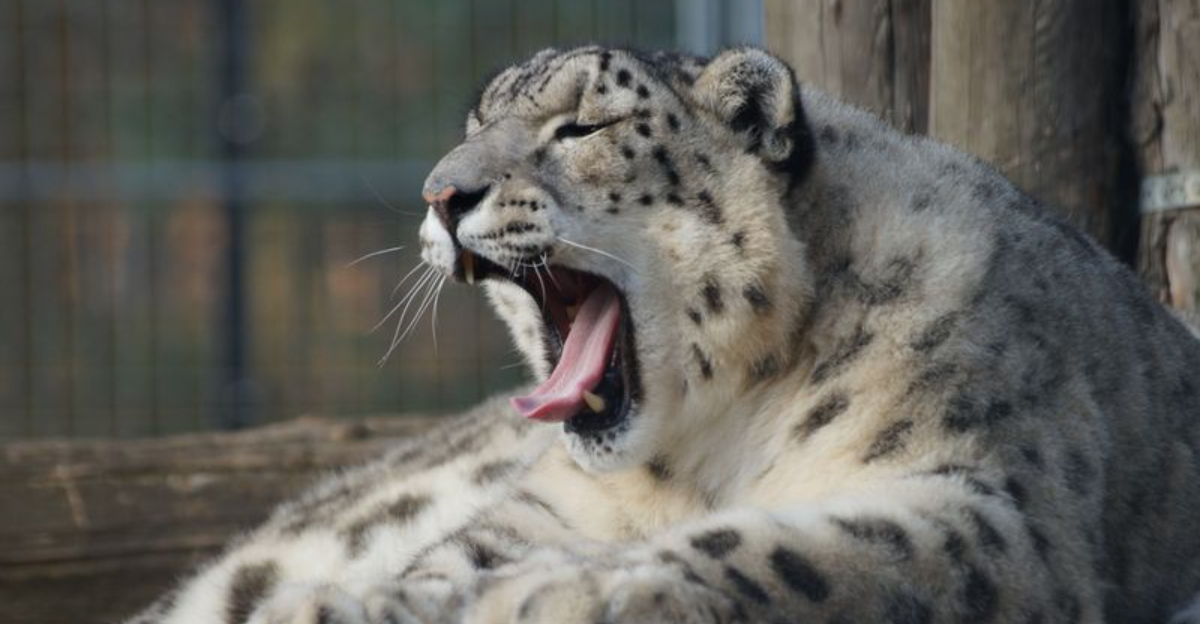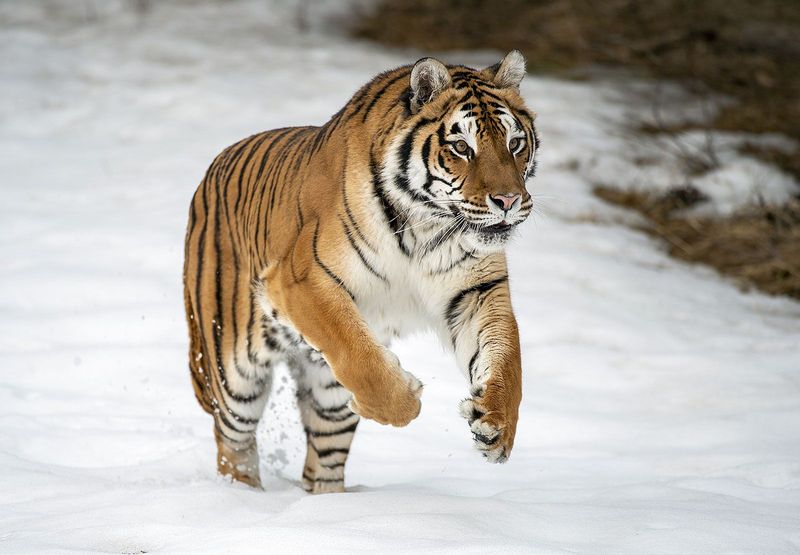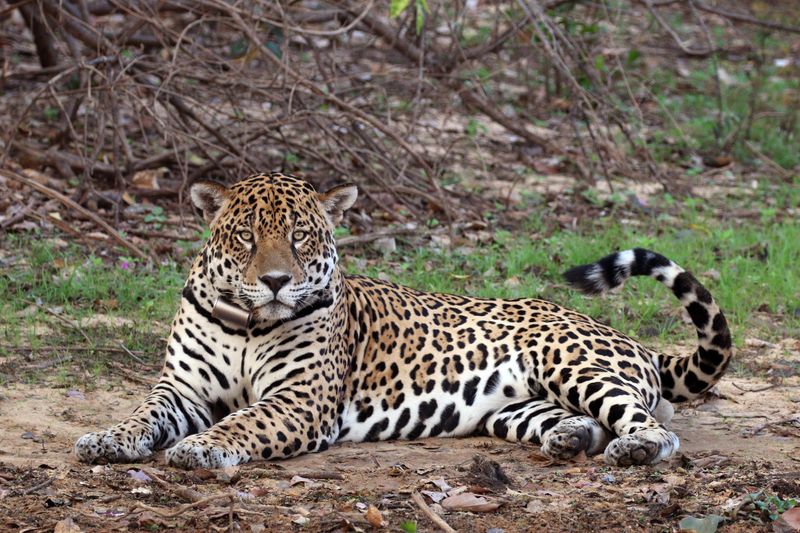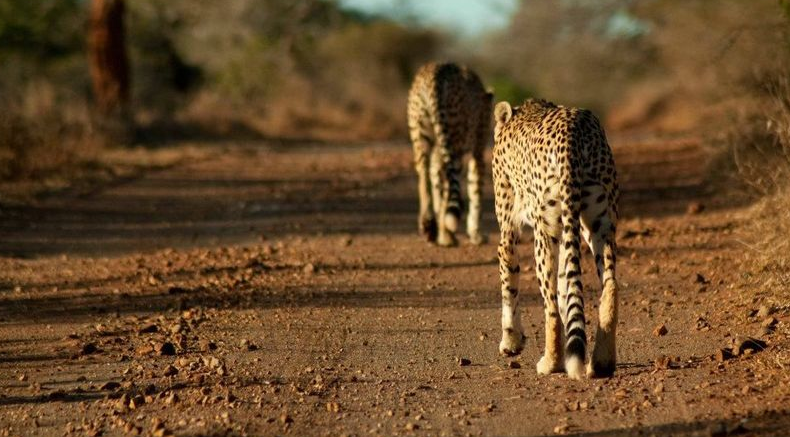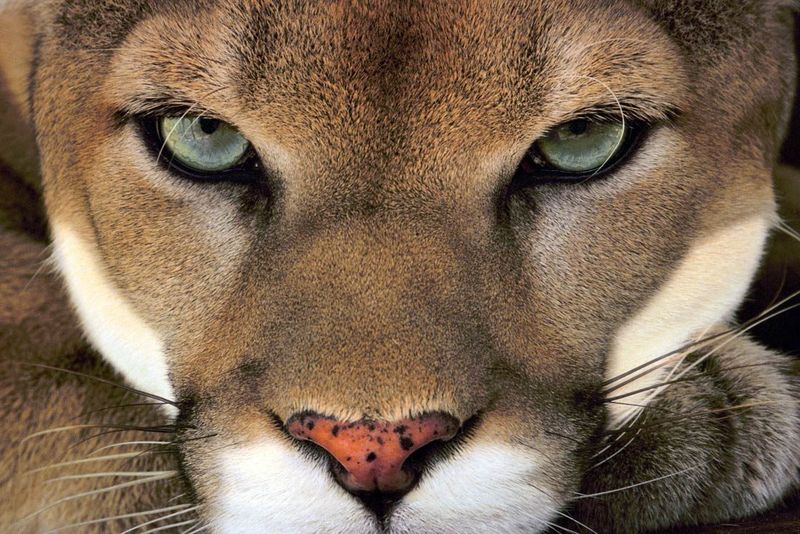📖 Table of Content:
In the wild and within controlled environments, big cats have long captivated human imagination not just for their power and grace, but also for their remarkable intelligence. While discussions about animal intellect often spotlight primates, elephants, or dolphins, many of the world’s large feline predators exhibit complex cognitive abilities that are equally impressive. From problem-solving prowess to intricate social behaviors, these majestic creatures reveal depths of intelligence that go far beyond instinct.
Intelligence among big cats is expressed in diverse forms, influenced by their environment, hunting strategies, and social structures. Some, like the tiger, demonstrate a solitary cunning that relies on memory and manipulation, while others, such as lions, showcase collective strategy through teamwork and communication. These adaptations offer an evolutionary advantage, helping each species survive and thrive in some of the most challenging habitats on Earth.
This article explores seven of the most intelligent big cats, highlighting the unique traits and behaviors that set them apart. Through an examination of their lifestyles, learning capabilities, and remarkable feats observed both in the wild and in captivity, we’ll uncover the hidden genius behind their fierce exteriors. Each of these animals offers a distinct lens through which we can understand the cognitive richness of the feline world.
1. Tiger (Panthera tigris)
Solitary by nature, the tiger exemplifies intellectual independence and remarkable memory retention. These big cats have demonstrated the ability to solve puzzles and manipulate objects to obtain food, even showing a capacity for mimicry by imitating prey sounds. In captivity, tigers have been observed recalling solutions to tasks months or even years after initial exposure, underscoring their long-term memory skills. Unlike many predators, tigers rely on silent, calculated movements and understand the terrain they hunt in with exceptional precision. Their cognitive abilities have allowed them to adapt to shrinking habitats and varied environments, from Siberian forests to mangrove swamps. Tigers also show signs of individual problem-solving styles, much like human personalities. Their intelligence is perhaps most striking when paired with their immense patience and adaptability.
2. Lion (Panthera leo)
Among big cats, lions are unique for their social structure, which fosters a different kind of intelligence centered around cooperation and communication. Living in prides, lions coordinate complex group hunts that require timing, role delegation, and nonverbal signaling. Cubs are taught essential survival skills through a mix of play and instruction, suggesting a level of social learning not commonly found among felines. Hierarchies are carefully maintained, with lions remembering relationships and rivalries across months and even years. Observations have shown that lions can adapt hunting tactics depending on the prey and environment, a sign of situational awareness. Their collective defense of territory and cubs further reflects advanced social strategy. This communal intelligence distinguishes lions from their more solitary cousins in the big cat family.
3. Leopard (Panthera pardus)
Renowned for their stealth and adaptability, leopards are cunning survivors capable of outwitting both prey and human threats. They are known to alter hunting tactics based on terrain and time of day, indicating flexible thinking. In urban and rural fringes, leopards often adjust their behavior to avoid humans, yet still secure food — a testament to their environmental awareness. These cats frequently cache their kills in trees, a learned behavior that protects their food from scavengers and is passed on to offspring. Leopards also exhibit creative movement patterns to evade traps or surveillance, showcasing an understanding of cause and effect. Solitary in nature, they must depend entirely on their own decision-making processes to navigate life’s challenges. Their intelligence is not flashy, but rather silent and persistent.
4. Jaguar (Panthera onca)
Marked by immense strength and analytical hunting, jaguars bring both brawn and brains to the predator table. They are unique in their ability to bite through skulls and turtle shells with uncanny precision, often targeting the brain directly for a swift kill. This requires not just strength but also anatomical knowledge of their prey, whether learned through experience or instinct. Jaguars often explore new methods of capturing prey in water, adapting their techniques to riverine and jungle environments. In captivity, these cats have been seen engaging with enrichment tools in curious and deliberate ways, learning through trial and error. Unlike many predators, they seem unafraid to innovate when faced with unfamiliar challenges. Their versatility makes them formidable in both the Amazon rainforest and the dry scrublands. Cognitive flexibility is one of the jaguar’s most underestimated assets.
5. Cheetah (Acinonyx jubatus)
Speed isn’t the cheetah’s only tool — these lithe predators also rely heavily on precise sensory input and quick decision-making. While they may lack the brain size of some larger cats, cheetahs exhibit fast mental processing to coordinate their high-velocity chases. The ability to anticipate and react to the zigzagging paths of prey in real time demonstrates acute visual tracking and strategic adjustment. Their hunting often involves teamwork between siblings, especially brothers, who collaborate and plan ambushes. In protected reserves, cheetahs have learned to navigate human infrastructure with surprising caution and memory. These cats also exhibit emotional intelligence in their social bonds, particularly between mothers and cubs. Their intelligence lies not in problem-solving puzzles but in synchronizing mind and body with split-second accuracy.
6. Snow Leopard (Panthera uncia)
Dwelling in some of the world’s most treacherous terrains, the snow leopard exhibits a kind of intelligence grounded in spatial mastery and subtlety. These elusive cats navigate cliffs and narrow ledges with grace, often pre-planning their movements across vertical landscapes. Their elusive behavior isn’t just about secrecy — it’s a survival tactic informed by terrain awareness and risk assessment. Studies suggest snow leopards remember routes and safe zones, indicating complex mental maps of their harsh environments. When hunting, they use ambush tactics that require precise judgment of distance and timing. Unlike more overtly expressive cats, snow leopards show their intelligence through quiet precision and energy conservation. Rarely seen but highly efficient, they are a masterclass in environmental intelligence. Their brains are as finely tuned to survival as their limbs are to climbing.
7. Cougar (Puma concolor)
Flexibility defines the cougar’s intellectual strength, allowing it to thrive across the Americas in habitats as diverse as mountains, forests, and deserts. These cats display remarkable memory and territorial awareness, navigating ranges that span hundreds of miles. Mother cougars train their young through gradual skill-building, revealing a teaching instinct supported by emotional intelligence. When prey becomes scarce, cougars are known to alter their diets and activity patterns rather than migrate, demonstrating resilience and creativity. Despite their solitary habits, they exhibit nuanced communication through scent marking and vocalizations, tailoring responses to different situations. Cougars have also been observed returning to old kill sites or avoiding areas of human presence long after initial contact, suggesting long-term memory. Their silent adaptability reflects a broad-spectrum intelligence suited for survival.
